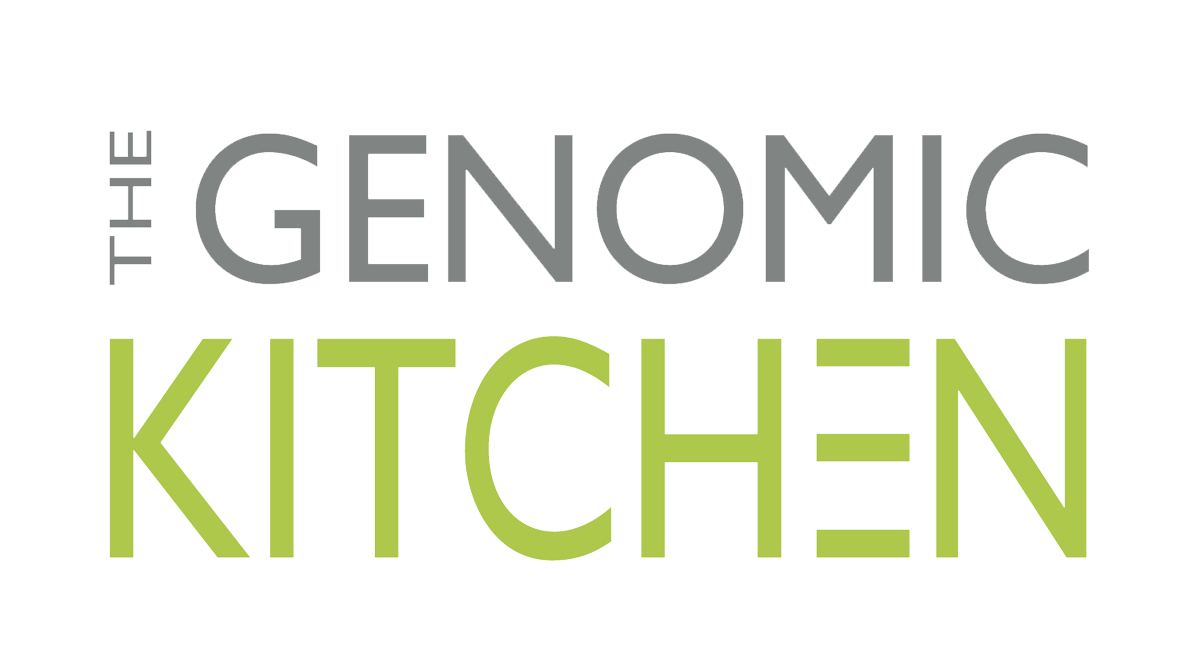The Best Ever Canned Sardine Recipe
/The Preamble to Healthy Canned Sardine Recipes
Let’s start at the beginning and talk about why you should grab a can of sardines and their health benefits. Then I’ll introduce you to the best recipe you can make using canned sardines.
The Basic Facts
Certain fish are rich in omega-3 fat and sardines are one of the richest. These powerhouse fats, otherwise known as essential polyunsaturated fats (PUFAs), cannot be created in the human body, therefore we must source them from our diet.
Sardines are a great source of selenium. Selenium binds to mercury which can be problematic in seafood. Cohabiting in sardines, selenium can naturally reduce the amount of mercury your body absorbs. Speaking of mercury and heavy metal contamination, sardines are among the safest fish to eat due to their small size and robust selenium levels. Selenium is also essential for your thyroid which lies at the heart of your metabolism. Lower levels of selenium impact the efficiency of your thyroid, which in turn influences the speed of your metabolism.
We all know the satisfaction that comes from a piece of beautiful fresh fish. Yes, we can fly fresh seafood around the world, but in reality, many of us live far from the ocean. Therefore fish is never truly fresh, even in the Mediterranean, long revered for its seafood! While frozen provides an excellent alternative, and I will be writing about that soon, canned or packaged (tinned) seafood provides an equally nourishing and convenient option. It is usually far more economical and sustainable. And sardines fit the bill: rich in omega-3 and other essential nutrients, widely available and affordable too.
Body Friendly Omega-3
Rich sources of omega-3 fat in its body-friendly, ready-to-use form are found as you know in sardines. Also in herring, mackerel, tuna, and salmon. Grass-raised and finished animal proteins (beef, pork, lamb and their dairy products for example), are also rich sources of our ready-to-use omega-3 fats which you may also know as EPA and DHA. Now I say ready-to-use because you have likely read that plants can also be a source of these essential omega-3 fats from plants such as walnuts, flaxseed or winter squash as well. That is partially true. Let’s find out why.
Plants Versus Animals
Omega-3 fats from plants don’t start out in their EPA or DHA forms. In plants, EPA and DHA must be converted from a starter molecule known as ALA or Alpha Linolenic Acid. The ALA molecule goes through a series of steps that require nutrient and enzyme support to convert them into EPA and then onto DHA a little further downstream. The image to the left shows you the many steps Omega-3 and Omega-6 (both essential fats) must go through to arrive at their end forms. Omega-3 starts as Alpha Linolenic Acid (ALA) in certain plants. Omega-6 starts as Linoleic Acid (LA) in plant sources, often in seeds such as sunflower, safflower and also soybeans.
As you can imagine, the more steps in a process, the more things can go awry. It turns out that the human body is pretty adept and getting things right, however, some of us have gene variants or errors that can impede this conversion process. Now some of us are pretty adept at producing these omega-3 fats from plants, but about 20% of us are not. It does truly depend on your heritage! If you are one of the 20% you should get your omega-3 fat directly from seafood or the animal products I mentioned, or you might need a supplemental form of EPA and DHA. See your doctor or registered dietitian to determine what is right for YOU.
Yes, it is true that spirulina (a sea plant) is a rich source of DHA, but the body has to then retro convert the DHA to EPA which is upstream from DHA. And this conversion process is very inefficient, so you could still be looking for more EPA. It also only contains small amounts of DHA and would have to consume considerable amounts to reap the benefits. Keep that in mind!
The Nitty Gritty of Why we need EPA and DHA
Inflammation
You have probably heard that omega-3 fats (EPA and DHA) are good for your heart and good for your brain, but why? The simplest answer is that while they play many unique roles in your body, they fundamentally help reduce inflammation by blocking inflammatory processes. My expertise is in Nutrigenomics, the science of how food interacts with your genes. When I look closely at how omega-3 fat interacts with your genes, I see it blocking genes that can cause inflammation in the human body. Inflammation creates imbalances that cause disease. In this study, researchers demonstrate how omega-3 fat activates the PPAR-alpha gene. Activating this gene actually blocks inflammation caused by the disruptive Nf-kB a disruptive signaling molecule.
Why are omega-3’s beneficial for your brain? Studies have shown that DHA from fish sources promotes neurogenesis, which is the production of new brain cells. Neurogenesis plays a role with improved cognition, enhanced memory, less stress, energy, and immunity. Listen to Dr. Brant Cortright discuss Neurogenesis and The Better Brain on Rewild Podcast by Daniel Vitalis to Learn More.
2. Fat burning versus Fat Storage
Omega-3 fats can also influence this nifty PPAR alpha gene to activate fat as the preferred energy source in your body. This process is known as fatty acid oxidation. Keeping it all in the family, PPAR alpha’s cousin PPAR gamma actually does the opposite of its alpha sibling and promotes fat storage in some tissues. Yes, it directs fat from your diet into fat cells for later energy use.
It turns out that Omega-3 fat can actually block activation of PPAR gamma, preventing fat storage that can cause weight gain in some individuals. This weight gain is often accompanied by lower levels of insulin sensitivity which lead to higher blood sugars. This is why PPAR-gamma is a target for a specific class of drugs called thiazolidinediones, or TZDs which block the fat storing capacity of the gene.
Lots of reasons to eat foods rich in omega-3 fats!
Canned Sardines
I grew up in Europe and the Mediterranean was an essential part of my young adult life. There you often encounter the smell of fresh sardines grilling at waterside cafes. Delicious. Switching to canned sardines was an adjustment because I always knew fresh!
While many people are comfortable with canned tuna, you often get looks of horror when you mention sardines are in a dish! Folks are squeamish about sardines, often through lack of familiarity or because they lack the proper flavor notes in the recipe. Sardines can be an acquired taste!
Canned sardines need lots of brightness from acids such as from lemon juice or tomato sauce to meld their flavor. Acid transforms perceptions of fishiness into deliciousness and makes sardine lovers out of sardine avoiders in one bite! See my recipe below for how to do that.
My favorite and best of all canned sardine recipes is this Sardine Salad for Naysayers!. It makes for the perfect light snack or a delicious salad that can be versatile for any meal. Some ideas are to mash it into an avocado, add to cottage cheese, mix it into your favorite pasta dish, or scramble it into eggs. What’s more, it can be made in minutes and it’s fundamentally good for you. What's not to love?
Watch this speedy sardine salad video to see how it's done, and boy do we mean speedy!
Bottom Line
Simply put, sardines are good for you. They are nutrient dense, widely available, and affordable. If prepared correctly, like the recipe above, they will make your taste buds dance. If you need more tasty ways to get sardines on your plate, download this cool cookbook or individual recipes for sardines here. Or check out the sardine recipes in the Mediterranean Diet Cookbook for Dummies by my colleagues Wendy Jo Peterson, RD and Meri Rafetto, RD. Great, simple recipes for sardines and beyond!
Learn More
Roke K. Exploration of the perceived and actual benefits of omega-3 fatty acids and the impact of FADS1 and FADS2 genetic information on dietary intake and blood levels of EPA and DHA. Appl Physiol Nutr Metab. 2017 Mar;42(3):333.
Zúñiga J, Cancino M, Medina F, Varela P, Vargas R, Tapia G, et al. (2011) N-3 PUFA Supplementation Triggers PPAR-α Activation and PPAR-α/NF-κB Interaction: Anti-Inflammatory Implications in Liver Ischemia-Reperfusion Injury. PLoS ONE 6(12): e28502
Kaneko J, Ralston N. Selenium and Mercury in Pelagic Fish in the Central North Pacific Near Hawaii. Biol Trace Elem Res. 2007;119:242–254
Lederman SA, Jones RL, Caldwell KL, et al. Relation between cord blood mercury levels and early child development in a World Trade Center cohort. Environ Health Perspect. 2008;116(8):1085-91.






